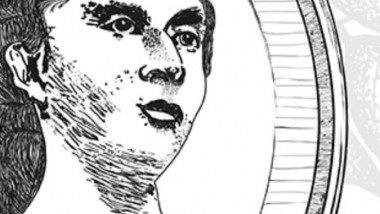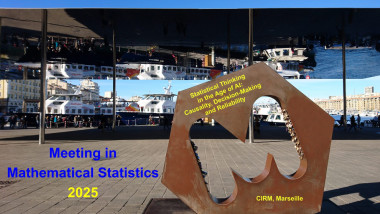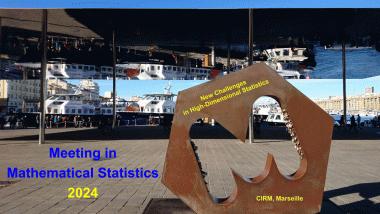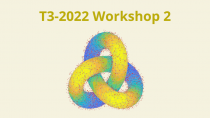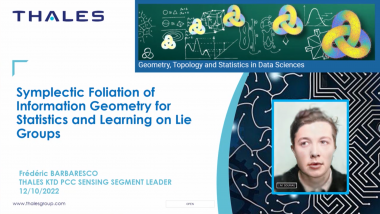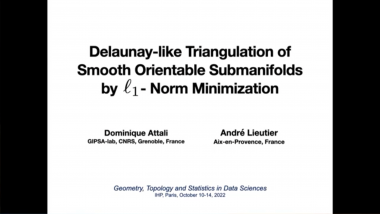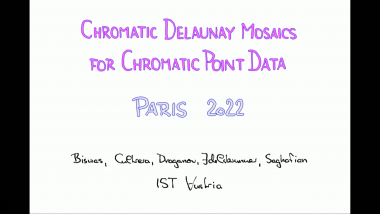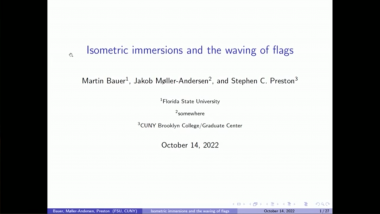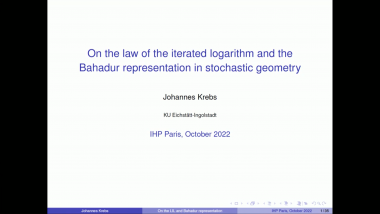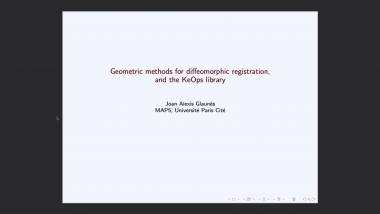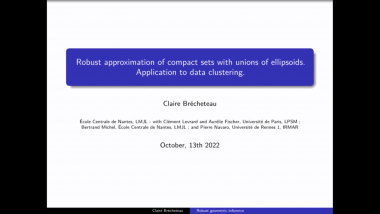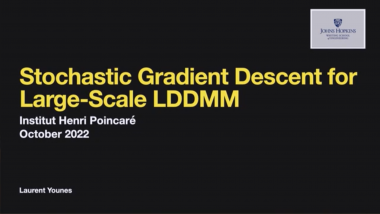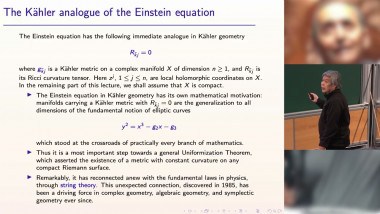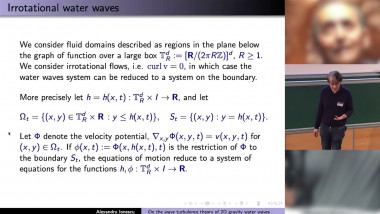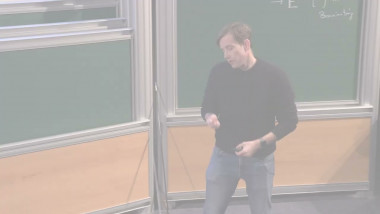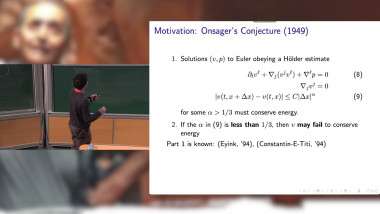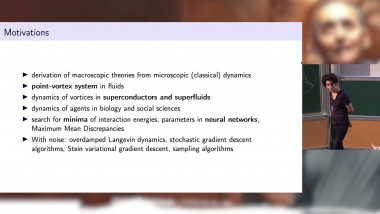Symplectic foliation model of information geometry for statistics and learning on Lie groups
We present a new symplectic model of Information Geometry [1,2] based on Jean-Marie Souriau's Lie Groups Thermodynamics [3,4]. Souriau model was initially described in chapter IV “Statistical Mechanics” of his book “Structure of dynamical systems” published in 1969. This model gives a purely geometric characterization of Entropy, which appears as an invariant Casimir function in coadjoint representation, characterized by Poisson cohomology. Souriau has proved that we can associate a symplectic manifold to coadjoint orbits of a Lie group by the KKS 2-form (Kirillov, Kostant, Souriau 2-form) in the affine case (affine model of coadjoint operator equivariance via Souriau's cocycle) [5], that we have identified with Koszul-Fisher metric from Information Geometry. Souriau established the generalized Gibbs density covariant under the action of the Lie group. The dual space of the Lie algebra foliates into coadjoint orbits that are also the Entropy level sets that could be interpreted in the framework of Thermodynamics by the fact that dynamics on these symplectic leaves are non-dissipative, whereas transversal dynamics, given by Poisson transverse structure, are dissipative. We will finally introduce Gaussian distribution on the space of Symmetric Positive Definite (SPD) matrices, through Souriau's covariant Gibbs density by considering this space as the pure imaginary axis of the homogeneous Siegel upper half space where Sp(2n,R)/U(n) acts transitively. We will also consider Gibbs density for Siegel Disk where SU(n,n)/S(U(n)xU(n)) acts transitively. Gauss density of SPD matrices is then computed through Souriau's moment map and coadjoint orbits. Souriau’s Lie Groups Thermodynamics model will be further explored in European COST network CaLISTA [6] and European HORIZON-MSCA project CaLIGOLA [7].

